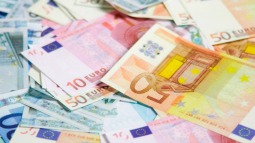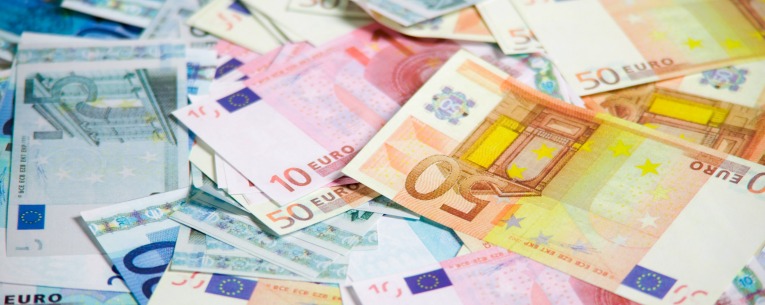With all the trip planning that goes into making getaways equal parts fun and cost effective, it just doesn’t make sense to sink your sojourn with currency exchange blunders.
Proper planning, having the right resources on hand and avoiding common currency exchange pitfalls are key to changing from U.S. dollars to Japanese yen, UK pound sterling and Euros without worrying that you’re losing 10 percent or more on the transactions.
Here are some best practices to keep in mind when preparing for trips that require currency exchange:
The Importance of Doing Your Currency Exchange Homework
You may already consider currency exchange a lot of math you’d prefer to avoid, but the real homework takes place well before your trip to a foreign country.
First off, you’ll definitely want to start assigning yourself the task of checking what the average exchange rates are for the nations and regions you’ll be traveling to. (We’ll give you a few ideas of where to look down below.) Next, review the foreign transaction policies of your various credit and debit cards. You may have to call a few banks to get the info, but be sure to look into potential foreign ATM transaction fees and the presence of their foreign ATMs – which can save on out-of-network surcharges – as well as other miscellaneous service charges.1
Capital One, for example, does not charge for a foreign ATM withdrawal, while Chase charges both a flat transaction fee and a percentage of the entire withdrawal. Once you figure out which of your banks and cards has the most favorable terms for overseas travel, you’ll want to fund these accounts, maybe even asking for a credit line increase, when appropriate.2
This is all very important because the strategy you’ll likely want to employ for foreign transactions is to withdraw foreign currency from an ATM and using credit cards for big purchases.
Currency Conversion Tools to Carry
You don’t need to pack a calculator to perform currency exchange math.
However, you might want to bring an extra phone charger or battery, as your smart phone will have a calculator app and allow you to download a number of applications to make exchange rate formulas a cinch to perform.
These apps include:
- XE.com and XE app: This is a site used by those who trade on the foreign currency markets, so its accuracy and real-time updates are beyond reproach. XE’s free app allows you to convert more than 30,000 currencies.
- Google Finance Converter app: Of course this Silicon Valley giant has a free and handy tool for currency exchange math.
- Currency Banknotes app: This app costs $.99, converts 150-plus currencies and actually shows you a picture of all the currencies (and notes) you’re generating conversions for. Never get Turkish Lira when you expect Chinese yuan again.3
Currency Conversion Pitfalls to Avoid
Remember that each time you complete a currency exchange, you're losing something in the transaction. By following the advice below, you can keep this around 5 or 6 percent – or less. But by following for some common currency conversion traps, you could end up paying upward of 10 percent of the money you’re exchanging on the mere transaction itself.1
Here Are Some Currency Exchange Pitfalls to Avoid
- Avoid the change bureaus popular in airport terminals and other popular tourist spots. Even if they appear to be offering attractive rates, there are often hidden fees baked into their transactions.
- Travelers checks may be good to keep for an emergency, but you’ll find that a number of restaurants and retail shops no longer even accept this once rampantly traded tourist currency. Banks are still a good option for cashing these.
- Resist the urge to transact in your native currency. If you’re in Paris, and the shopkeeper is fine taking American dollars, this is a red flag that you’re not going to get a favorable exchange rate.2
- Change money in your destination country, rather than at home. You’ll get the best rates. And don’t take out too much out just to be safe; remember, you’re going to need to pay to exchange your currency back to U.S. dollars or whatever your native currency is, again.
Let’s say, hypothetically, that the difference between solid and poor currency exchange preparation and execution is averaging 5 percent for your transactions vs. 10 percent. If you’re spending – and thus, converting – $5,000 at an exotic destination somewhere on the other side of the globe, the costs add up quickly. That loss alone would be $250 vs. $500.
So Adiós. Au revoir. Sayonara. Enjoy your trip and safe travels; just don’t say goodbye to your money unnecessarily because of inefficient currency exchange practices.
Related Articles








Share this Page